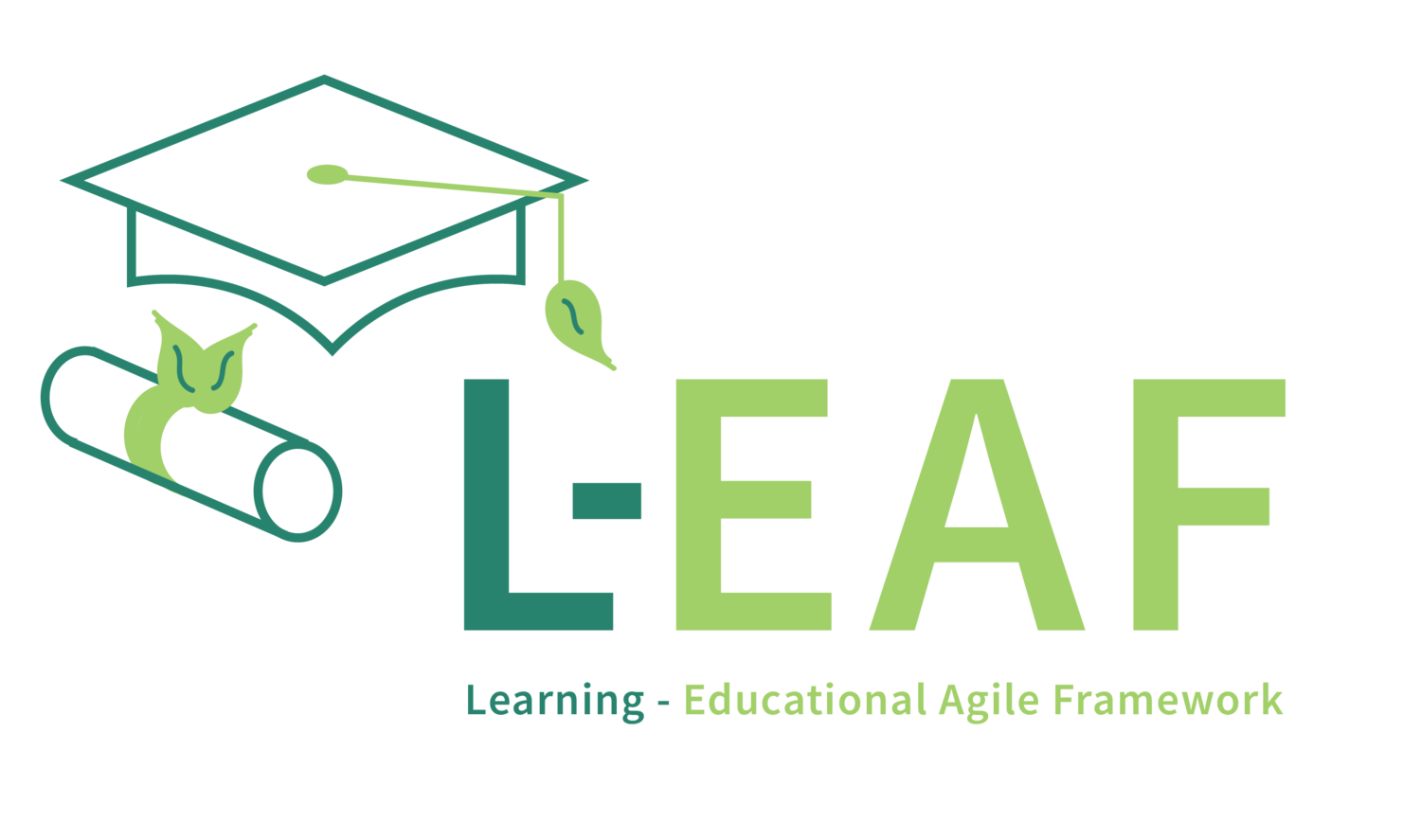Risk Management: Proactive Navigation in the Learning Landscape with LearningFLOW
Continuing our exploration of the essential team collaboration practices in LearningFLOW, we arrive at risk management. In the dynamic and ever-evolving world of learning, unforeseen challenges and obstacles can arise at any moment.
Risk management equips students in teams with the tools and strategies to proactively identify, assess, and mitigate these potential disruptions, ensuring they stay on track and achieve their learning objectives. Teams meet frequently to update the status of their cards as they flow through the WorkFLOW board and discuss solutions to issues impeding that flow.
The Importance of Risk Management:
Increased Proactivity: By anticipating and addressing potential risks early on, teams can prevent major disruptions and maintain a steady flow of learning progress.
Enhanced Adaptability: Risk management fosters a culture of preparedness and adaptability, allowing teams to respond effectively to unforeseen circumstances and adjust their strategies as needed.
Boosted Confidence and Resilience: A proactive approach to risk management builds confidence and resilience in students, enabling them to navigate challenging situations with a positive mindset and a focus on solutions.
Putting Risk Management into Practice:
Identify potential risks: Brainstorm and list potential challenges that could impede progress towards learning objectives. Consider factors like individual student needs, resource availability, and external circumstances.
Assess risk severity and probability: Estimate the likelihood of each risk occurring and the potential impact it could have on the learning process.
Develop mitigation strategies: For each identified risk, brainstorm and implement strategies to mitigate its impact. This could involve resource allocation, contingency plans, or adjustments to the learning plan.
Monitor and adapt: Continuously monitor the learning process and be prepared to adapt risk management strategies as needed. This includes evaluating the effectiveness of mitigation efforts and identifying new risks that may emerge.
By embracing risk management as a crucial aspect of their LearningFLOW journey, student teams can navigate the complexities of learning with greater confidence and preparedness. This proactive approach empowers them to overcome challenges, adapt to changing circumstances, and ultimately achieve their learning goals.
Join us for our next post, where we'll dive into the power of collaboration in LearningFLOW and explore how working together can elevate learning to new heights.
